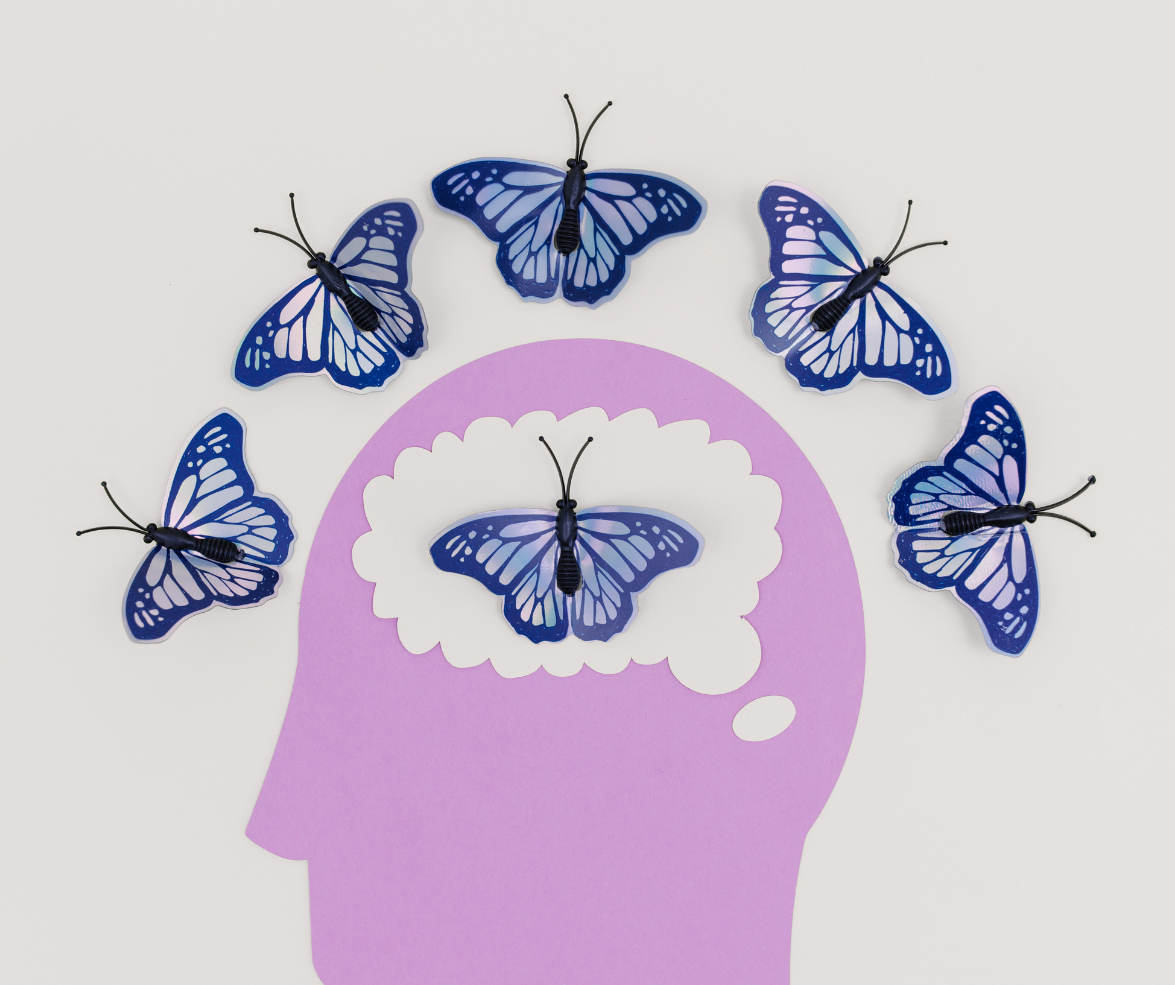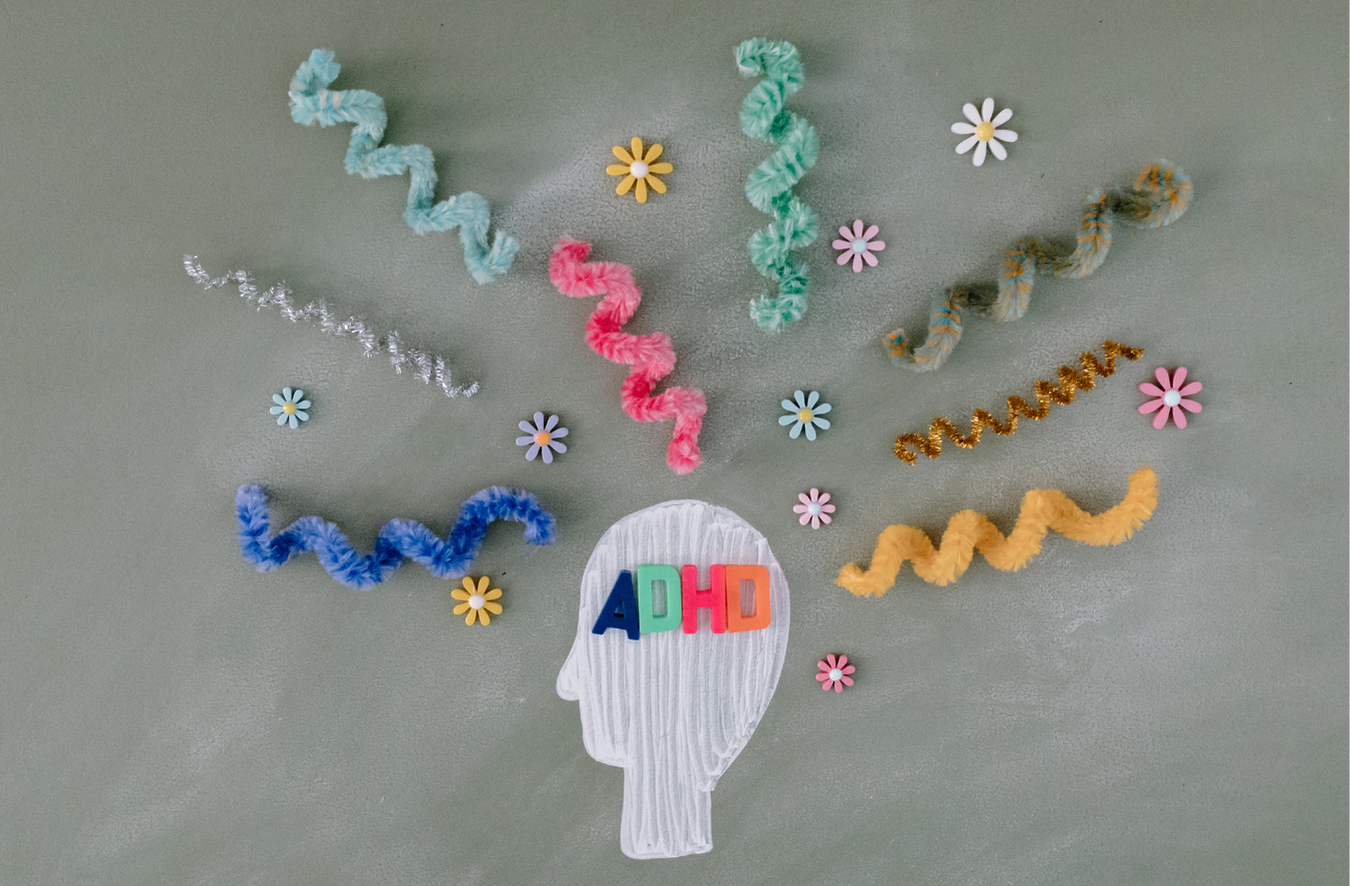Understanding the Science Behind Neurofeedback for Autism
For many families, navigating autism treatment options brings both hope and uncertainty. With numerous approaches available, understanding what each one offers and how it works can be overwhelming.
Neurofeedback is one therapy some families consider. It involves tracking brain activity in real-time and using that information to help individuals learn to regulate specific patterns linked to focus, stress, or emotional control. Unlike medication or talk therapy, it’s non-invasive and uses sound or visual cues to guide the process.
Understanding how neurofeedback fits into autism care begins with understanding what it is, how it works, and the current scientific evidence that supports it.
What Is Neurofeedback Therapy for Autism
Neurofeedback is a type of brain-based training that uses EEG (electroencephalogram) technology to monitor the movement of brainwaves. While the process is underway, sensors are placed on the head to check the brain's electrical messages. These signals are displayed in real-time through sound or visuals, such as when the settings in a computer game change or a sound tone is played. The goal is to help the individual learn to change patterns of brain activity that may be linked to challenges in attention, emotional regulation, or sensory processing.
Neurofeedback may be relevant for individuals with a high-functioning autism brain, as well as others on the autism spectrum who experience difficulties with focus, anxiety, or behavior regulation. It is not designed to treat autism itself but may support the development of self-regulation skills.
Neurofeedback vs. Other Therapies
Unlike behavioral therapies such as Applied Behavior Analysis (ABA) or developmental interventions like speech and occupational therapy, neurofeedback does not involve direct skill instruction, structured teaching, or therapist-led behavioral reinforcement. Instead, it focuses on helping the brain learn new patterns through repetition and feedback based on real-time brain activity.
While a neurofeedback therapist guides the process, the sessions are typically non-verbal and do not require the individual to follow complex instructions or perform specific tasks. This means that it may be a suitable option for individuals who struggle with traditional talk-based or structured therapies, although it is not a substitute for interventions that focus on building communication or daily living skills.
How Does Neurofeedback Work for Autism
Neurofeedback works by measuring brainwave activity and using that information to guide the brain toward more stable or regulated patterns. During a session, an individual wears sensors for an EEG that are put on the scalp. These sensors detect electrical signals that the brain emits. and send them to a computer in real time.
The person receiving the therapy watches a screen or listens to audio that changes in response to their brain activity. For example, a video may play smoothly when the brain shows patterns associated with focus or calmness and pause or change when those patterns shift. Over time, the brain learns to maintain the more regulated activity through repeated feedback.
This process is designed to support self-regulation, which can help with focus, emotional control, and sensory processing — areas that can be challenging for individuals on the autism spectrum.
Research on neurofeedback for autism is still in its early stages of development. A study fromApplied Psychophysiology and Biofeedback found improvements in behavior and social functioning among children with autism following neurofeedback training. Another review in the Journal of Clinical EEG and Neuroscience suggested that neurofeedback may influence neural connectivity, which is often different in individuals with autism. However, findings vary, and more high-quality studies are needed.
Neurofeedback for Children with Autism
Neurofeedback may be particularly well-suited for children due to the way the developing brain responds to repeated input. In early childhood and adolescence, the brain exhibits greater neuroplasticity, allowing it to adapt and form new patterns more easily. This makes it a potentially responsive time for interventions that aim to support self-regulation.
The format of neurofeedback may also be appealing to children. Sessions are non-invasive and do not involve physical discomfort or verbal instruction. Instead, children interact with visual or auditory feedback, often through video games or animated displays that respond to their brain activity. This setup can be engaging and may reduce resistance compared to therapies that require structured tasks or verbal participation.
However, not all children respond the same way. Some may benefit from the feedback-based format, while others may need additional support or a different therapeutic approach. Neurofeedback is often considered one part of a broader treatment plan.
How Many Sessions of Neurofeedback Are Typically Needed
Neurofeedback therapy is typically delivered over a series of 20 to 40 sessions, although the exact number varies depending on the individual's goals, challenges, and progress. Most sessions last between 30 and 45 minutes and occur once to twice a week. In some cases, sessions may extend beyond 40 minutes if changes are gradual or if the individual is addressing multiple areas of concern.
The process is cumulative, meaning changes tend to develop over time with consistent training and practice. Missing sessions or taking long breaks can interrupt this progress, so regular attendance is often emphasized by providers.
Treatment plans are typically customized. Some individuals may show progress early, while others may require longer timelines. A qualified neurofeedback therapist typically monitors patterns in brain activity and adjusts the training protocol to meet the individual’s needs over time.
Is Neurofeedback Scientifically Proven?
Neurofeedback is still considered an emerging intervention in the treatment of autism. Some studies suggest potential benefits, such as improvements in attention, behavior, and social engagement. However, these studies often involve small sample sizes or lack rigorous controls, which limits the broad applicability of the results.
Families considering neurofeedback should weigh current research carefully, ask questions about provider qualifications, and understand that it is not yet part of the standard set of recommended autism treatments. It may be helpful as part of a broader plan, but should not replace therapies that are strongly supported by long-term studies.
How Does Neurotherapy Help with Autism
Neurofeedback does not treat autism itself. Instead, it focuses on specific symptoms that often occur alongside autism. These may include challenges with attention, emotional regulation, and sensory processing.
Reducing Overstimulation
Sensory issues affect a lot of people on the autism spectrum more intensely. This can lead to physical discomfort, emotional stress, or behavioral outbursts in environments with loud noise, bright lights, or unpredictable changes. Neurofeedback aims to help the brain regulate its response to such stimulation.
Supporting Emotional and Behavioral Self-Regulation
Managing their emotions can be hard for people with autism, especially in high-stress or unfamiliar situations. Some individuals who undergo neurofeedback treatment exhibit improvements in managing frustration, navigating transitions, and controlling impulsive behaviors. The training process may help increase awareness and control of emotional responses, especially when practiced consistently.
Improving Attention and Focus
Attention difficulties are common in autism and can interfere with learning, communication, and social interaction. Neurofeedback often targets brainwave patterns linked to sustained attention. Some individuals show better ability to focus during tasks, follow instructions, or stay engaged in the classroom or therapy settings after repeated sessions.
Used as a Support, Not a Replacement
While some people see measurable improvements in these areas, results vary. Neurofeedback is not a replacement for behavioral, developmental, or educational therapies. Instead, it may serve as a supportive tool that enhances other forms of treatment by helping the brain respond more effectively to them.
What Is the Most Successful Treatment for Autism
Decades of research support several evidence-based treatments for autism. These therapies are widely used and recommended by clinical guidelines because they have demonstrated consistent results across large studies and diverse populations.
The most established approach is Applied Behavior Analysis (ABA). ABA focuses on reinforcing specific behaviors and skills through structured interventions. It is often used to support communication, self-care, and social interaction.
Other commonly recommended therapies include:
- Speech therapy focuses on enhancing communication skills, language development, and the social use of language.
- Occupational therapy addresses motor coordination, daily living skills, and sensory processing challenges.
These treatments are typically delivered by licensed professionals and are customized to the individual’s developmental level and goals.
Neurofeedback is not a substitute for these approaches. It does not teach functional communication, self-care routines, or academic skills. However, it may complement other therapies by helping individuals improve attention, reduce anxiety, or better manage emotional responses, factors that can affect how well someone participates in other treatment settings.
Parents and caregivers are encouraged to consider an integrated care plan that includes evidence-based therapies as a foundation. Neurofeedback may be a valuable component of that plan, particularly when regulation or focus is a concern.
Overview of a Scientific Explanation for Autism
Autism is a neurological disorder with a complicated set of causes. Current scientific research suggests that a combination of genetic and environmental factors influences brain development both before and after birth.
Researchers have found hundreds of genes that may play a role in autism, many of which affect how brain cells communicate or organize. Environmental influences, such as prenatal conditions or early life exposures, may also play a role, particularly when combined with genetic vulnerabilities.
Brain imaging and neurophysiological studies show that individuals with autism often have differences in brain connectivity and activity patterns, especially in areas related to language, sensory processing, and emotional regulation. These differences may vary across individuals, which is why autism presents in many forms.
Because neurofeedback is based on tracking and training brain activity, it is being explored as one way to influence these underlying patterns. While this approach does not address the root causes of autism, it focuses on supporting brain functions, such as attention, stress response, or flexibility, that may be affected by those neurological differences.











